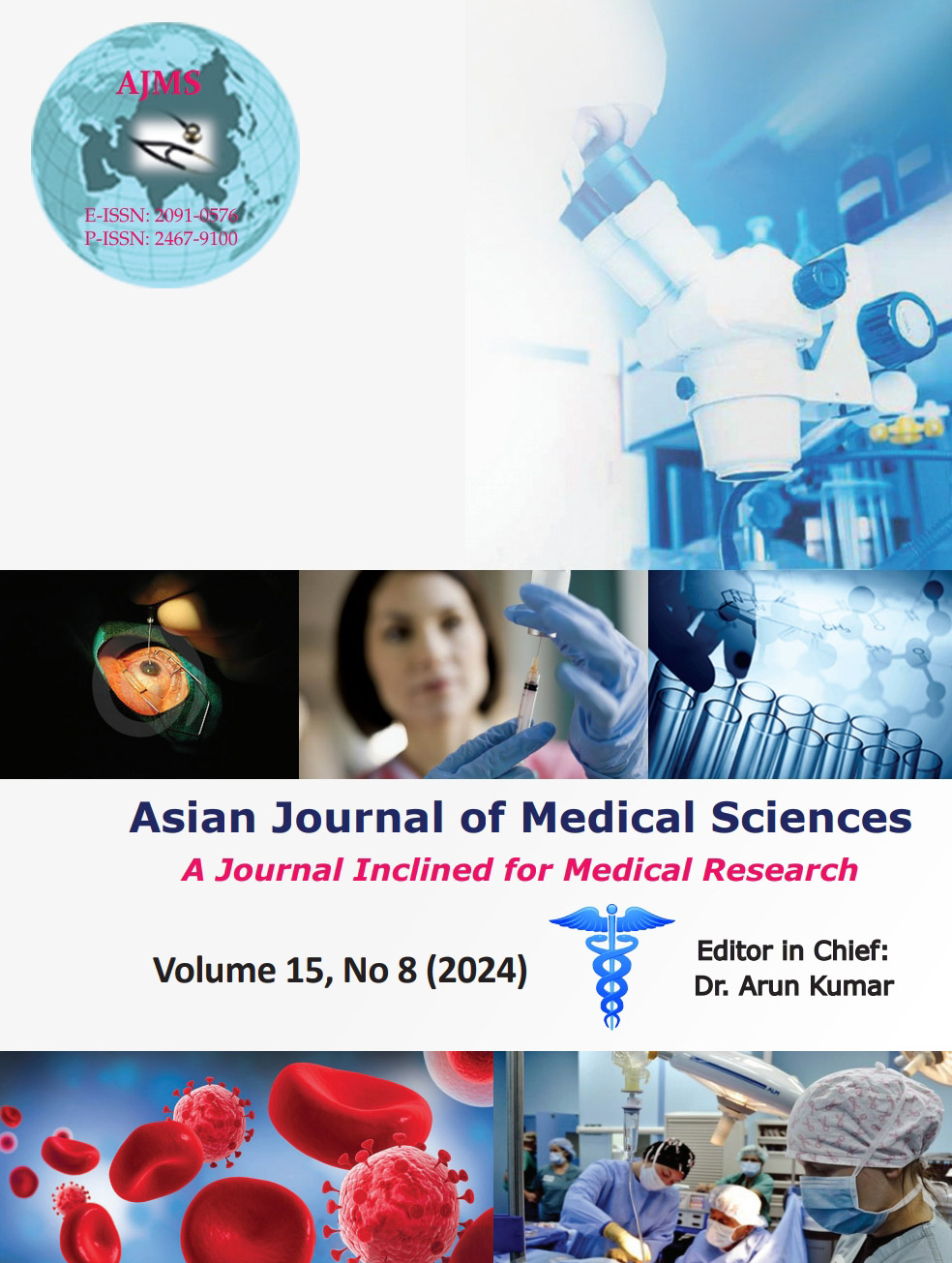A comparative study of head-elevated positions at 25° versus 45° for intubation in obese patients posted for elective surgery under general anesthesia
Keywords:
Head-elevated position; Obesity; Difficult intubationAbstract
Background: Obese patients generally present with an increased risk of difficult intubation. The head-elevated position has been shown to improve laryngeal view, reduce airway complications, and prolong safe apnea time during intubation as compared to the sniffing position.
Aims and Objectives: The aim of this study is to compare the head-elevated positions at 25° versus 45° for intubation in obese patients, in terms of ease of intubation assessed by first-attempt intubation success rate and laryngeal exposure using Cormack–Lehane grading and to assess intubation time, use of intubation aides, changes in hemodynamic parameters, and hypoxia.
Materials and Methods: In this randomized controlled trial, 100 consenting patients undergoing elective surgery requiring general anesthesia were selected who fulfilled the eligibility criteria and assigned to either of the two groups by block randomization: Group A – 25° or Group B – 45° head-elevated positions for intubation in a tertiary care hospital (February 2021–July 2022).
Results: The 45° head-elevated position was found to provide a better laryngeal exposure, the mean time to intubate was lesser and the first attempt success rate was also higher. Further, 45° head-elevated position is better chosen as per anesthesiologist comfort, using Likert scale grading.
Conclusion: This study concluded that 45° head-elevated position provides better ease of intubation in obese patients as compared to 25° head-elevation.
Downloads
Downloads
Published
How to Cite
Issue
Section
License
Copyright (c) 2024 Asian Journal of Medical Sciences

This work is licensed under a Creative Commons Attribution-NonCommercial 4.0 International License.
Authors who publish with this journal agree to the following terms:
- The journal holds copyright and publishes the work under a Creative Commons CC-BY-NC license that permits use, distribution and reprduction in any medium, provided the original work is properly cited and is not used for commercial purposes. The journal should be recognised as the original publisher of this work.
- Authors are able to enter into separate, additional contractual arrangements for the non-exclusive distribution of the journal's published version of the work (e.g., post it to an institutional repository or publish it in a book), with an acknowledgement of its initial publication in this journal.
- Authors are permitted and encouraged to post their work online (e.g., in institutional repositories or on their website) prior to and during the submission process, as it can lead to productive exchanges, as well as earlier and greater citation of published work (See The Effect of Open Access).




